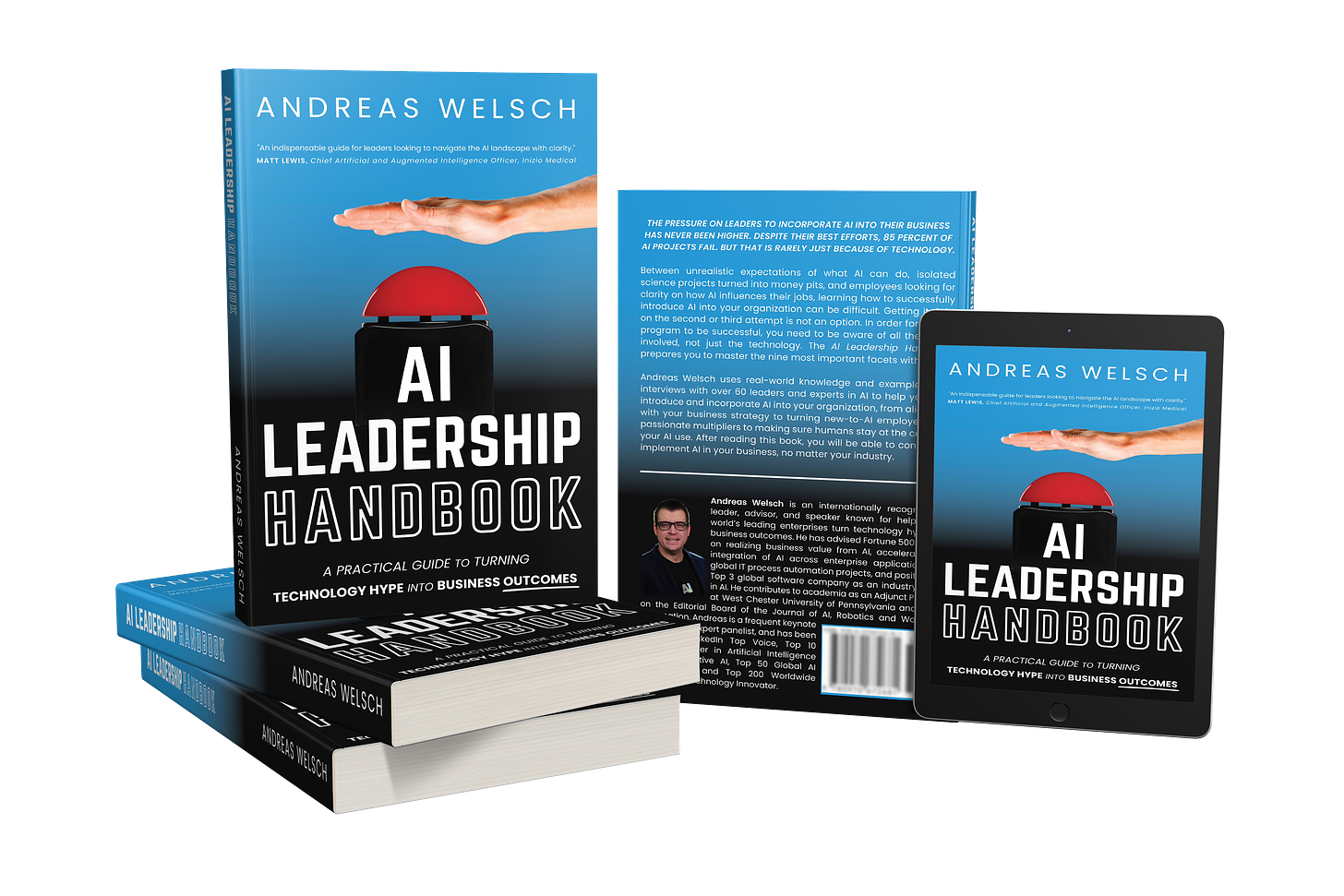The Art Of Selling AI—Without Selling AI
How Sales Teams Can Address Customers’ Business Problems With An Agile Go-to-Market Approach
On October 17, Nicole Wieberneit (Sales & GTM Executive) joined me on “What’s the BUZZ?” and shared how you can scale go.-to-market (GTM) for enterprise Generative AI. Software companies often struggle to cut through marketing hype and focus on practical applications that truly add value. Product organizations need effective strategies that avoid pilot paralysis, adopt customer-focused go-to-market approaches, and scale AI projects effectively. But, where should you start? Here is what we’ve talked about…
Addressing Real Customer Problems
AI’s potential isn’t fully realized when the focus remains on novelty rather than on solving pressing, real-world issues. Identifying and addressing specific problems, especially those that keep business decision-makers up at night, is the most effective way to ensure AI projects don’t lose momentum.
Many companies get caught up in exploring AI’s “art of the possible,” brainstorming endless applications without enough focus. This approach often leads to analysis paralysis and delays in tangible results. By zeroing in on practical, high-value use cases, teams can ensure that AI initiatives are grounded in solving core business needs.
A more successful approach is to prioritize high-impact use cases within key verticals. For example, in the financial services industry, where compliance and data management are crucial, AI can be especially effective in automating document processing or handling regulatory workflows. These types of applications address significant operational pain points while allowing teams to start small and build momentum.
Instead of attempting to reinvent processes across the board, organizations can concentrate on areas where AI has a clear, measurable impact. Focusing on these areas allows for early successes that can build organizational support and provide a foundation for broader AI adoption over time.
Level up your AI leadership game with the AI Leadership Handbook
Andreas Welsch uses real-world knowledge and examples from interviews with over 60 leaders and experts in AI to help you both introduce and incorporate AI into your organization, from aligning it with your business strategy to turning new-to-AI employees into passionate multipliers to making sure humans stay at the center of your AI use. After reading this book, you will be able to confidently implement AI in your business, no matter your industry.
Adopting an Agile and Collaborative Go-to-Market Approach
One of the biggest challenges with AI adoption lies in the complexity of the sales and implementation process. Unlike traditional software, where a static go-to-market strategy might suffice, AI requires constant alignment across sales, marketing, product, and customer success teams.
AI technology evolves quickly, so sales and marketing strategies must be flexible and responsive to real-time customer needs. An agile approach, where customer feedback continuously informs adjustments to marketing, sales pitches, and product development, is essential for success in this space. This ensures that companies can stay aligned with customers’ needs as they change and shift.
» It’s about solving a problem for a customer and how can you use AI with that? Let's be clear. Selling AI, selling functionality is not the way to do it. «
— Nicole Wieberneit
Implementing this agile feedback loop can be achieved by creating a specialized overlay team that focuses specifically on AI sales. By dedicating a team to AI and having them collect insights from initial projects, companies gain a stronger foundation for scaling AI initiatives.
Traditional, annual sales planning can become quickly outdated in the AI space, as new capabilities and use cases emerge rapidly. Instead, continuously evolving strategies allow for adaptation to changing market conditions. This collaborative and iterative approach keeps the organization aligned on priorities and enables teams to deliver consistent value, improving the chances of long-term adoption and satisfaction.
Starting Small and Scaling Gradually
For enterprises, rolling out AI solutions requires a strategic, incremental approach rather than an all-encompassing rollout. Starting small allows teams to demonstrate value, build internal support, and reduce risks associated with larger-scale implementations.
Starting with embedded AI tools within existing software, such as document automation for finance or customer service, is a practical way to begin. These projects are relatively low-risk, involve fewer dependencies, and allow companies to show tangible value quickly, setting the stage for broader adoption.
The approach is often described as a “crawl-walk-run” model, which enables organizations to validate AI use cases, build confidence among stakeholders, and make adjustments before expanding into more complex implementations. Initial successes in these limited-use cases help build the case for AI within the organization and make it easier to secure executive support for larger initiatives.
By starting small and scaling gradually, companies can avoid the pitfalls of overextending resources or launching overly ambitious projects that don’t deliver results. This approach ensures that AI adoption is sustainable and that it continuously delivers value, building a foundation for transformative impact over the long term.
Summary
For companies navigating the complexities of AI, focusing on specific problems, adapting strategies in response to customer feedback, and scaling thoughtfully are key steps to success. Understanding and prioritizing customer pain points ensures that AI solutions address real needs rather than hypothetical ones. An agile, collaborative approach to sales and marketing aligns teams and keeps AI projects relevant as technology and market needs change.
By following a gradual adoption approach, businesses can avoid common pitfalls, make steady progress, and ultimately harness AI’s potential for meaningful, lasting impact. With a clear roadmap and a focus on practical applications, AI initiatives can move from hype to real results, benefiting the organization and its customers alike.
How does your organization gather customer feedback on AI products?
Listen to this episode on the podcast: Apple Podcasts | Other platforms
Explore related articles
Become an AI Leader
Join my bi-weekly live stream and podcast for leaders and hands-on practitioners. Each episode features a different guest who shares their AI journey and actionable insights. Learn from your peers how you can lead artificial intelligence, generative AI & automation in business with confidence.
Join us live
November 14 - Elevate your leadership in the era of AI with expert insights. Join Lisa Palmer, Brian Evergreen, and I for the launch of our online courses with LinkedIn Learning spanning AI for boards, leading in the era of AI, and the challenges & opportunities of AI agents and their implications on leadership.
November 18 - Petr Baudis, Co-Founder & CTO, Rossum, will join and discuss how you can automate your document processing with LLMs.
December 10 - Kiumarse Zamanian (Software Product Executive) will share how you can select the right AI agent framework for your business.
Watch the latest episodes or listen to the podcast
Follow me on LinkedIn for daily posts about how you can lead AI in business with confidence. Activate notifications (🔔) and never miss an update.
Together, let’s turn hype into outcome. 👍🏻
—Andreas









